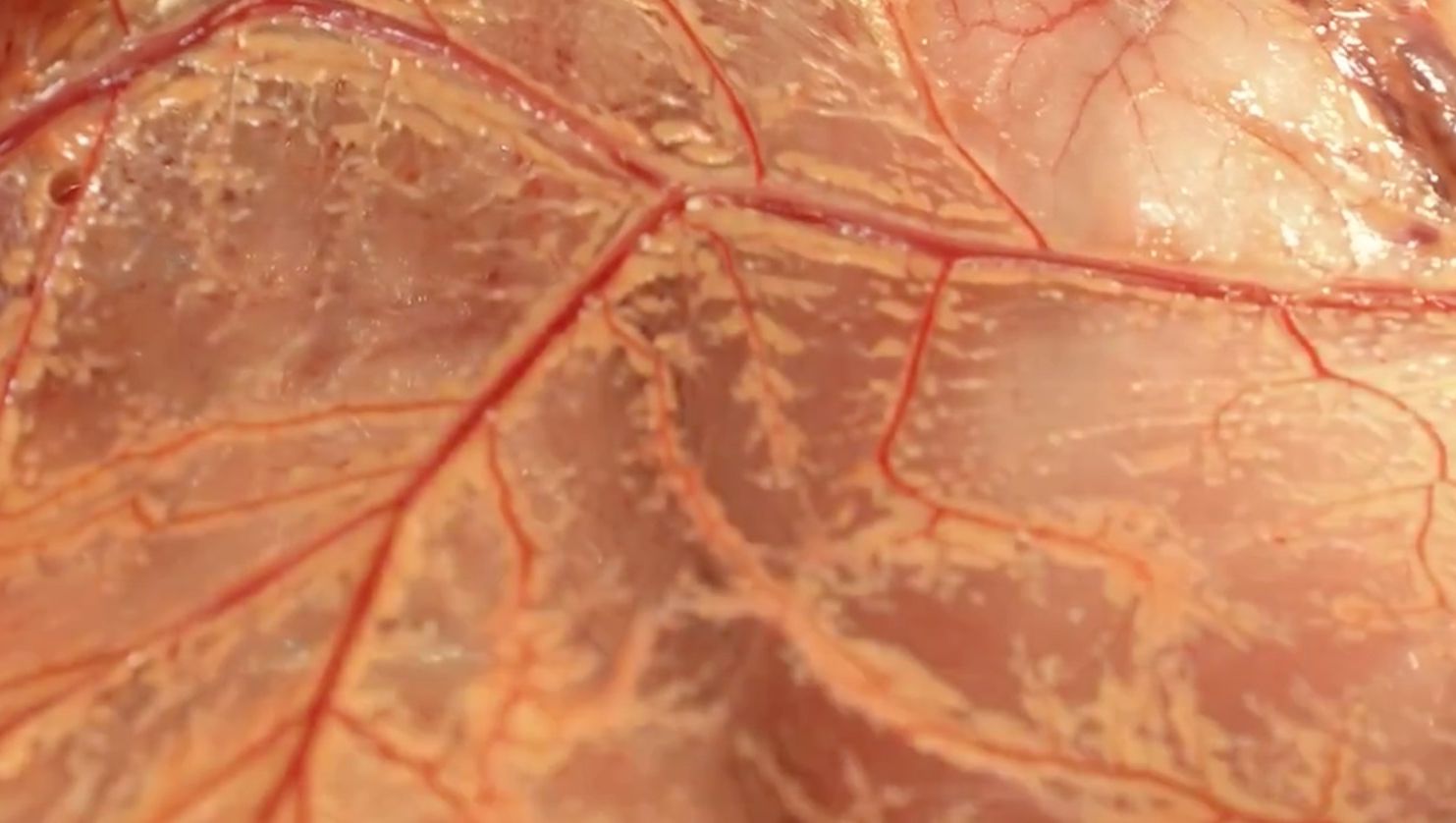An Irish surgeon's breakthrough overturned more than a century of medical belief and may lead to improvements in digestive surgery and recovery.
The mesentery, it turns out, is one connected organ, not a disjointed group of separate parts, a theory believed since the 19th Century. The mesentery connects the intestine to the abdomen.
J. Calvin Coffey, a professor at the University of Limerick, reclassified the mesentery after discovering it was contiguous. His findings were published in November in the medical journal The Lancet Gastroenterology and Hepatology.
Although it has no identifiable function, clarifying the structure of the mesentery, the university said, makes way for better understanding of the organ. The university said mesentery research may lead to less invasive surgeries, fewer complications, shorter patient recovery and lower costs.
The findings suggest mesentery plays a central position in the body, which could lead to even more studies.
"Whether the mesentery should be viewed as part of the intestinal, vascular, endocrine, cardiovascular or immunological systems is so far unclear," the findings said, "as it has important roles in all of them."
Mesentery research goes back to the time of Leonardo DaVinci, who provided one of the earliest depictions of the mesentery, which was shown as contiguous. For centuries, the now-organ was depicted that way until the findings of Treves in 1885. His description of the mesentery — which was disconnected — became the basis of medical literature over the next century.
"During the initial research, we noticed in particular that the mesentery, which connects the gut to the body, was one contiguous organ," Coffey said. "Up to that it was regarded as fragmented, present here, absent elsewhere and a very complex structure. The anatomic description that had been laid down over 100 years of anatomy was incorrect."
The next step, Coffey said, is to determine the mesentery's function.
"If you understand the function you can identify abnormal function, and then you hve disease," he said. "Put them all together and you have the field of mesenteric science... the basis for a whole new area of science."
Follow Sean Rossman on Twitter: @SeanRossman


